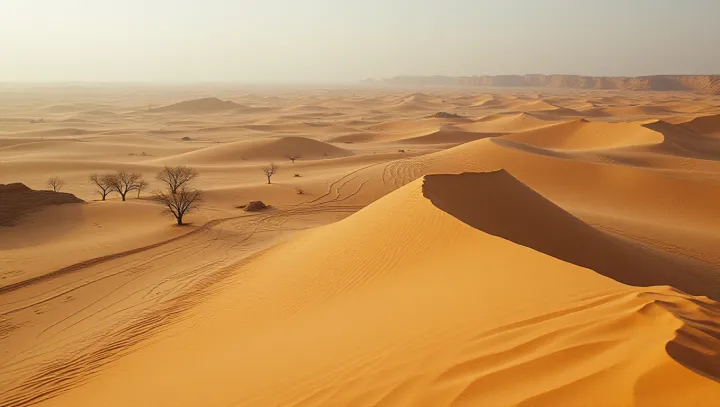The Unseen Spread of Desertification

Desertification has emerged as a pressing environmental concern, affecting vast regions of the planet. In areas such as the African Sahel and wide reaches of Australia, signs of this land degradation are becoming increasingly evident. The critical question remains: how does desertification occur.
Experts argue that the phenomenon is driven by multiple factors, with unsustainable land use practices, global climate change, and increasing population pressure being the central contributors. As communities expand agricultural lands, they often replace traditional land use methods with intensive farming, worsening soil erosion and nutrient depletion. Climate change exacerbates these conditions by altering precipitation patterns and increasing temperatures, effectively pushing ecosystems beyond their adaptive capacity.
The combination of human activity and climate dynamics accelerates the degradation of once-fertile lands into barren deserts. Desertification's implications are far-reaching, sparking concerns over food security, water scarcity, and socio-economic stability. As Dr.
Emily Browning from the International Climate Change Institute emphasizes, 'Addressing desertification requires a multi-faceted approach, integrating sustainable practices with climate resilience strategies to mitigate future impact.'.
